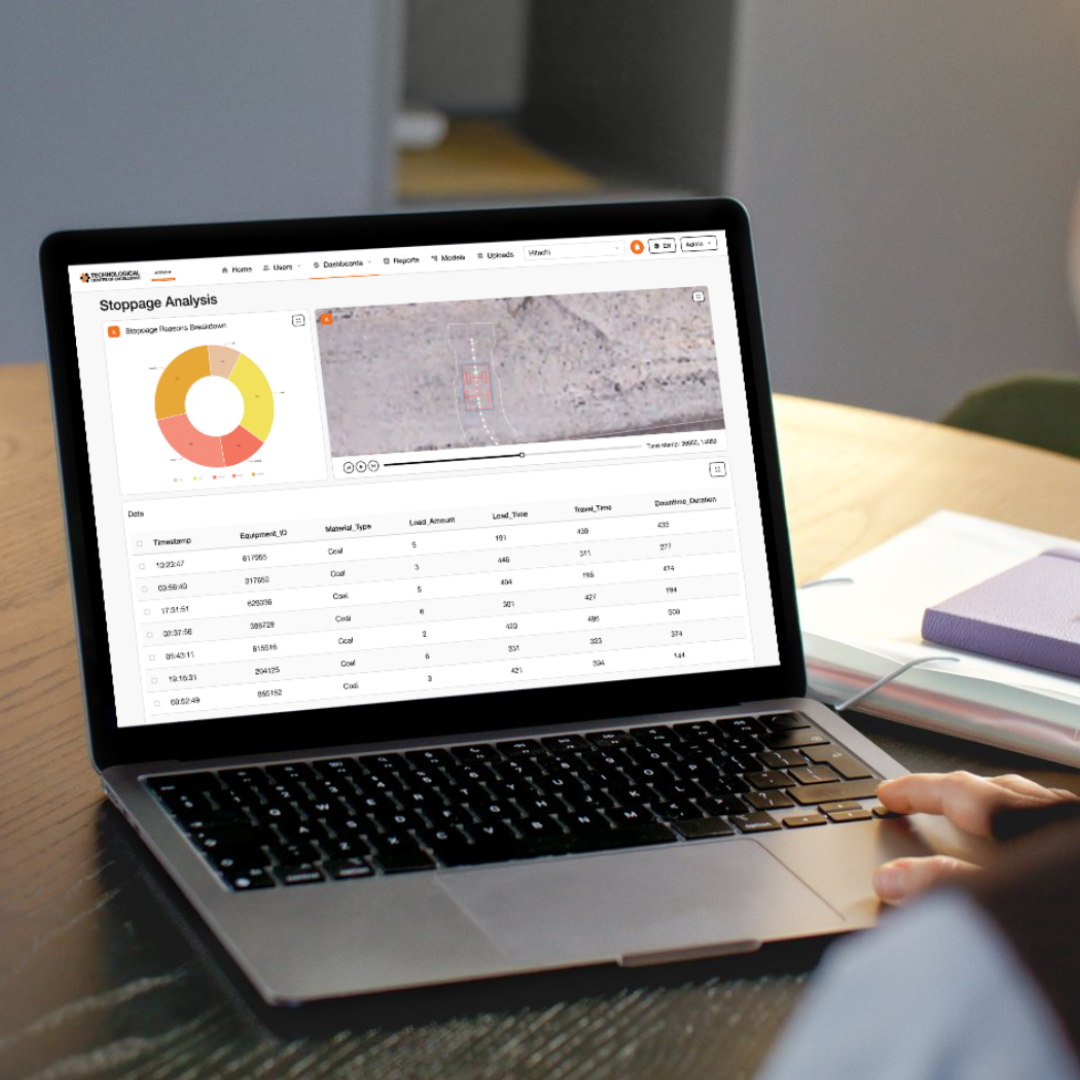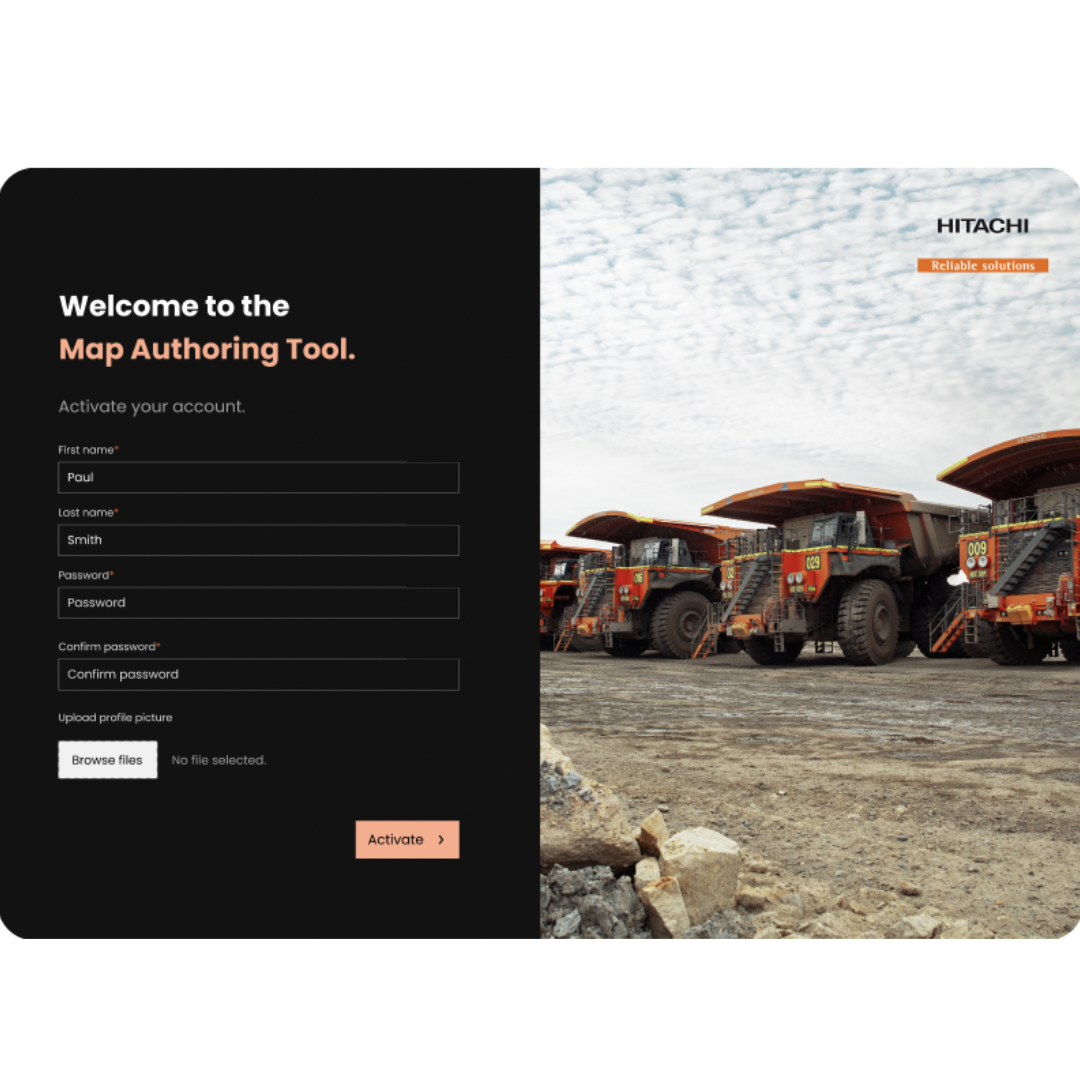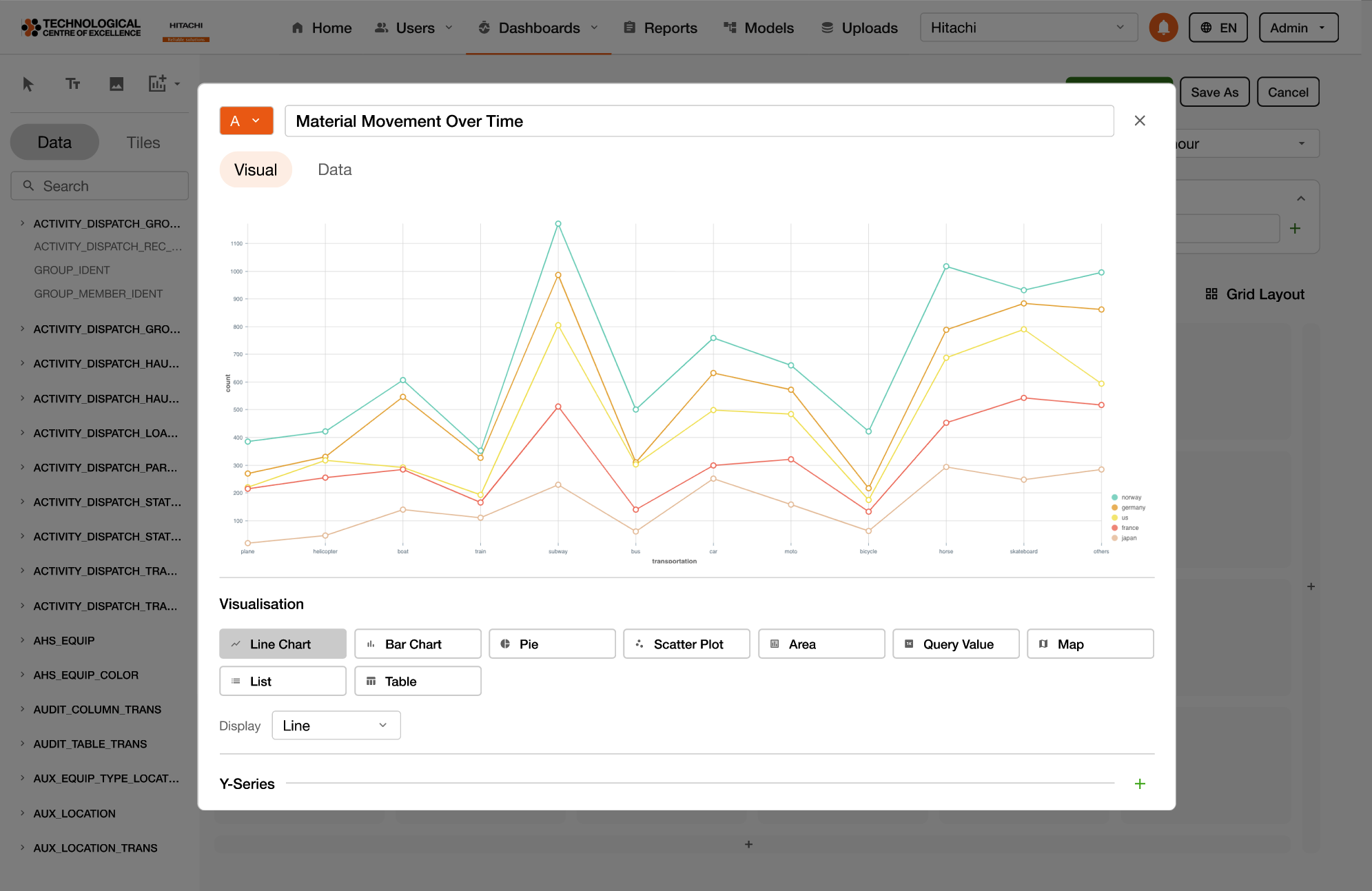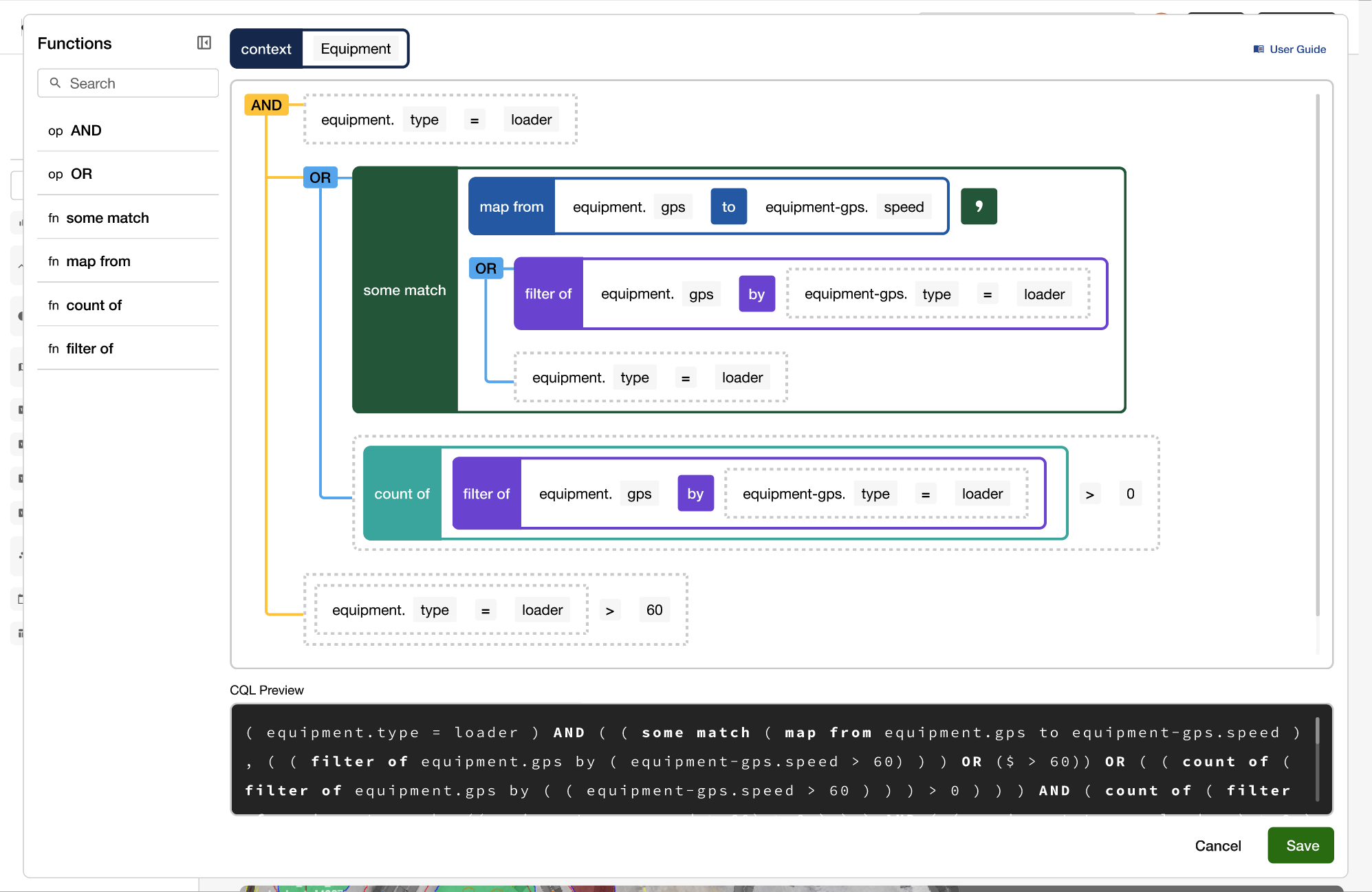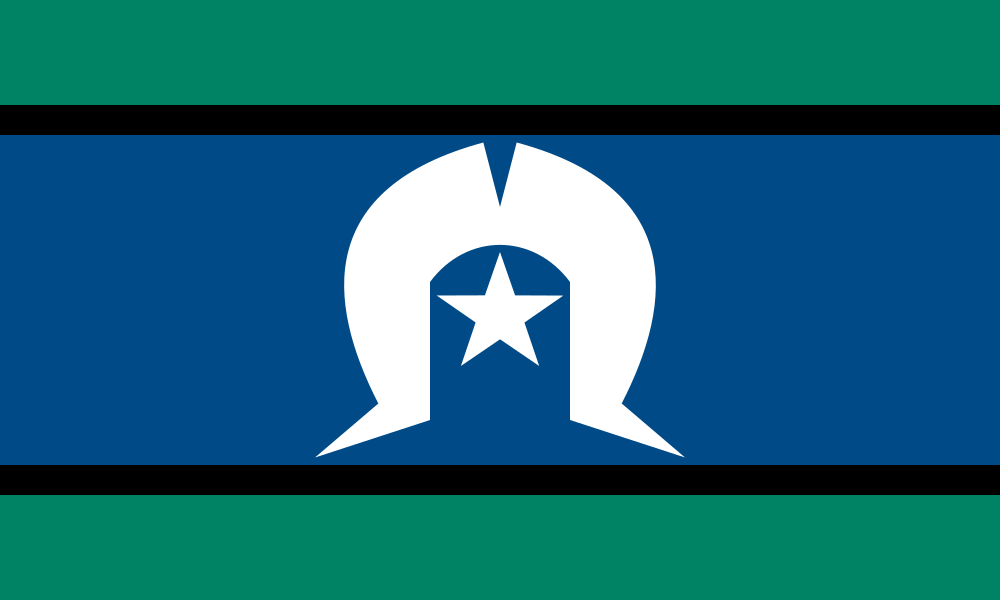Hitachi Technological Centre of Excellence
Unlocking Operational Intelligence: A Cloud-Native Analytics Platform for Autonomous Haulage
This case study details WorkingMouse’s collaboration with Hitachi Construction Machinery Australia—first to
modernise their Map Authoring Tool and later to co-develop a data analytics platform with Hitachi’s Technological Centre of Excellence
(TCoE). Together, these initiatives form a foundational digital suite powering Hitachi’s Autonomous Haulage System (AHS) and broader
mining optimisation strategy.
Phase One: Legacy Reimagined — Modernising the Map Authoring Tool
The initial engagement focused on replacing legacy C++ applications with a cloud-native interface for managing autonomous dump truck operation zones. WorkingMouse introduced a modular architecture underpinned by domain-driven design and user-centric workflows. Delivered in April 2022, the Proof of Concept validated the feasibility of the transformation and set the technical stage for long-term digital capability building.
Key methods included:
- Microservice decomposition and transition from monoliths
- Use of user journey and story mapping to expose operational pain points
- Incremental delivery through scoped MVP milestones

